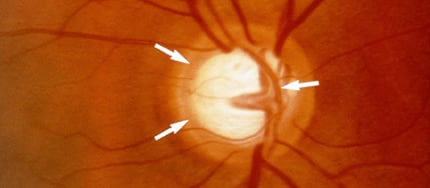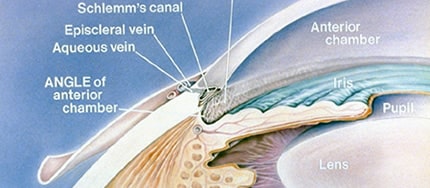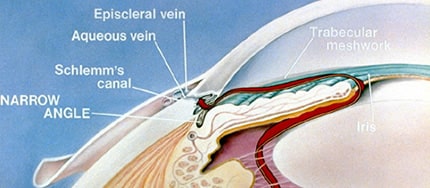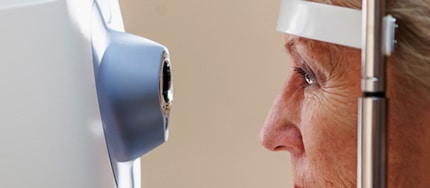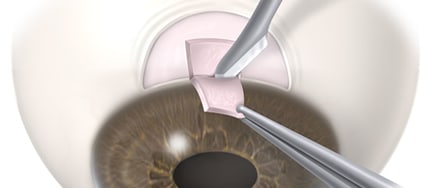Minimally Invasive Glaucoma Surgery
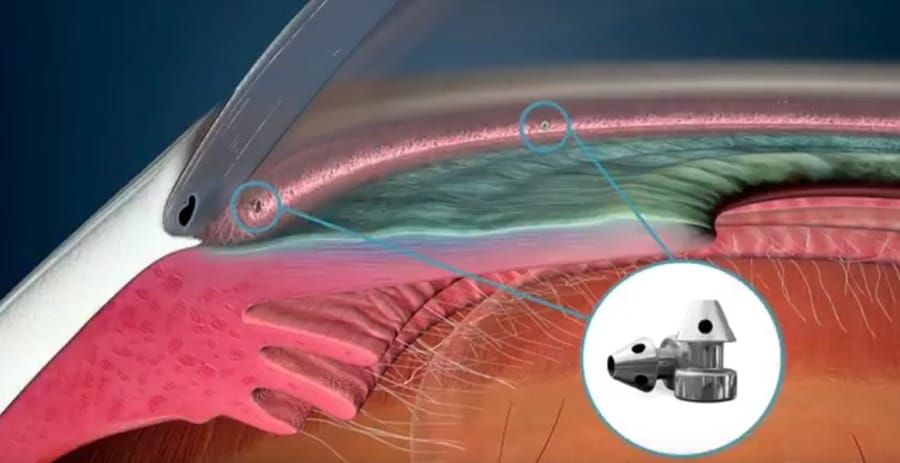
MIGS (minimally invasive glaucoma surgery) is another surgical treatment that is performed to lower the eye pressure in patients with open-angle glaucoma. At Central Valley Eye, the main MIGS procedure performed is the placement of a device called the iStent. The iStent is a small metal tube that is inserted through the trabecular meshwork, allowing fluid in the eye to pass through and exit the eye, thus lowering the pressure. Open in place, the iStent is left in the eye for the rest of your life. In most cases, the iStent is offered to patients at the same time as their cataract surgery, when the surgeon is going to be working in the eye. The placement of the iStent adds about 5 minutes to the cataract surgery.
The metal in the iStent is safe for use in an MRI machine and will not set off metal detectors at security. Correct placement of the iStent in the trabecular meshwork makes it impossible to see it with the naked eye, however, your surgeon will be able to confirm its position during clinic visits using special mirrored lenses.
Other MIGS procedures, including goniotomy, supracilliary bypass procedures and ciliary ablation are considered on a case by case basis and will be recommended if your surgeon believes it would be of benefit.
SCHEDULE AN APPOINTMENT
If you would like to learn more about Minimally Invasive Glaucoma Surgery call 1-800-244-9907 to make an appointment at Central Valley Eye Medical Group.


